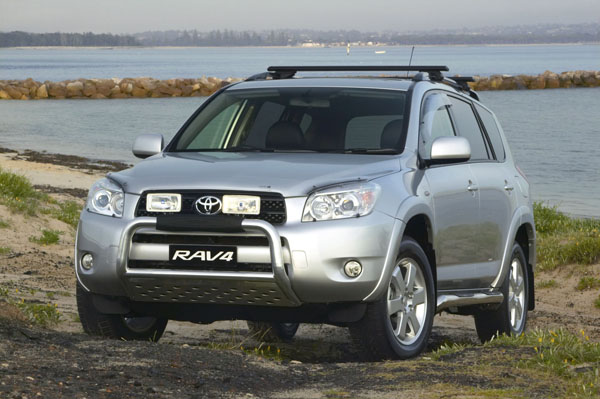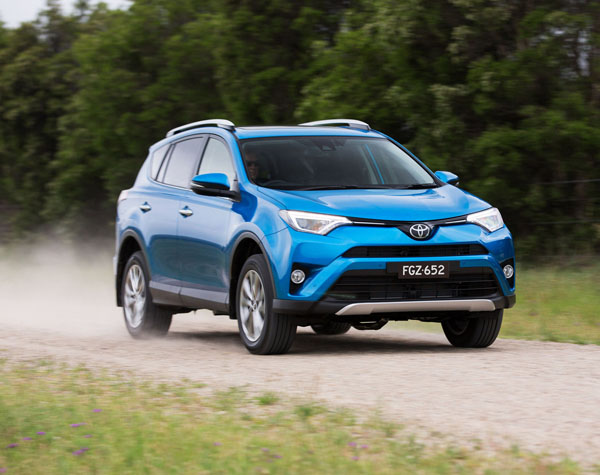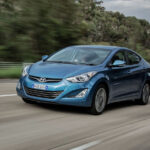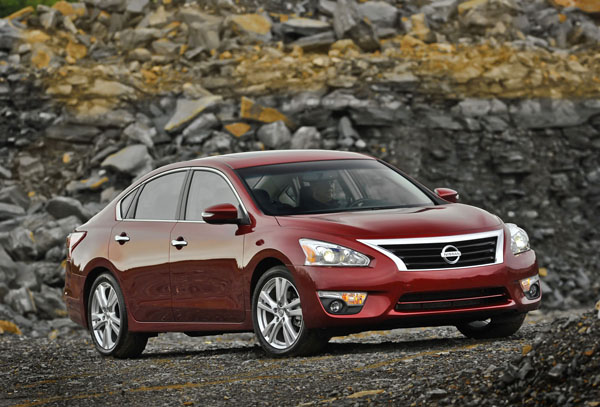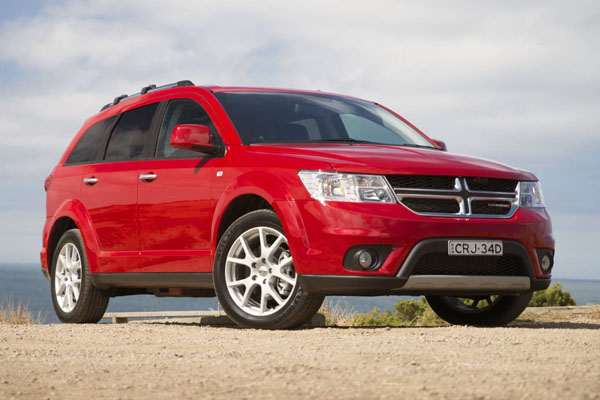When launched way back in October 1994, the Toyota RAV4 was a cute and cheeky little 4WD. Over the years it expanded in size and from the third generation of February 2006 – the period being reviewed here – has become a medium-sized family wagon.
While the earliest RAV4s were pure 4WDs the later models used a part time system. Toyota finally joined others in this class by offering 2WD-only versions from April 2010. There’s no low-range option in any generation of RAV4.
Though Toyota RAV4s aren’t designed as rough n’ tough 4WD they are more competent than you might expect so quite a few owners do take them into the bush or onto beaches.
Four adults can get comfortable inside, even on long trips. Three kids in the back will have room to spread out There’s good legroom in the back seats and headroom for all but the tallest. Importantly wearing a hat in the bush works for all but the lankiest of folks. Luggage space is good, even more so because the spare wheel sits on the rear door.
A facelifted model was introduced in September 2008 while the appearance gave it a slightly less staid look the most important changes were the addition of important safety features like ESC stability control and extra airbags.
February 2013 saw a totally revamped RAV4, technically it’s not a new generation but so great are the changes many say it should be called that. Anyhow, it’s semi-sleek in appearance, is a little larger inside, but has noticeably less boot space; that’s because the spare tyre is no longer mounted on the rear door, but under the boot floor.
Toyota made the sensible decision to fit a space saver. But a full-size spare became an option, which results in an ugly hump in the load area and the loss of even more load volume.
December 2015 saw exterior changes that included a even bolder front design, with a larger lower grille; restyled front and rear bumpers; LED projector head and taillights; LED daytime running lights; new wheel-arch mouldings and rocker panels; and a shark fin antenna.
Most of these Toyotas run a four-cylinder petrol engine with a capacity of 2.4 litres. However, in October 2007 an 3.5-litre V6 engine was added to the options list. It has plenty of grunt, but does like a drink, so much so that it was taken off the options list in 2013. A 2.2-litre turbo-diesel engine was offered as part of the 2013 revamp.
Most RAV4s have an automatic transmission, conventional in the great majority but CVT in petrol format from 2015. The diesel runs a torque convertor auto. The V6 comes only comes with a standard self shifter.
Manuals are offered on the four-cylinder vehicles and are pleasant enough to drive, but could be hard to sell or trade as autos increasingly dominate most vehicle classes.
Toyota has been number one in sales in the Australian market for many years and has been particularly strong in SUVs and 4WDs for many decades. Meaning there are dealers in almost all areas, so getting spares and repairs isn’t likely to be a hassle.
Dealers in the most remote zones are more likely to carry spare parts for LandCruisers than for the RAV4s. Nonetheless, you aren’t likely to have to wait for more than a few days for parts to be shipped to the bush from one of the major cities.
Insurance is generally in the low to moderate range and there doesn’t seem to be a huge variance in premium prices between them.
WHAT TO LOOK FOR
The Toyota RAV4 is built to a high standard but it’s still wise to have a full inspection after doing your own check up.
Most RAV4s never go off road, but look closely for panel and underbody damage, just in case.
Scratches in the paint and and/or the door sills and lower body corners are tell-tale signs a RAV4 has come into contact with solid objects, perhaps only bushes and similar shrubbery. But it all costs money to have rectified.
If you come across sand in the underbody, try it for a salty taste. RAV4s appear to be well rust proofed but salt water really rips into steel if it gets half a chance.
Listen and feel for loose components in the transmission system that have been abused in off-road driving.
The engine should start first time every time, and idle smoothly even when completely cold. If there is smoke from the exhaust under hard acceleration the engine may be in a bad way.
There have been three recalls for the Toyota RAV4: One to check the rear suspension arms. One to check steering column tightness. One to check the driver’s power window switch which could overheat.
HOW MUCH?
Expect to pay from $4000 to $7000 for a 2006 Toyota RAV4; $7000 to $11,000 for a 2007 Cruiser; $10,000 to $15,000 for a 2011 Altitude; $12,000 to $18,000 for a 2011 ZR6; $14,000 to $20,000 for a 2013 SX6; $16,000 to $23,000 for a 2014 GXL; $20,000 to $28,000 for a 2014 Cruiser; $23,000 to $31,000 for a 2016 GXL; and $30,000 to $41,000 for a 2017 Cruiser.
CAR BUYING TIP
It’s best to avoid suburban SUVs that have been off-road unless the price is right. They may have been bashed about at times.




